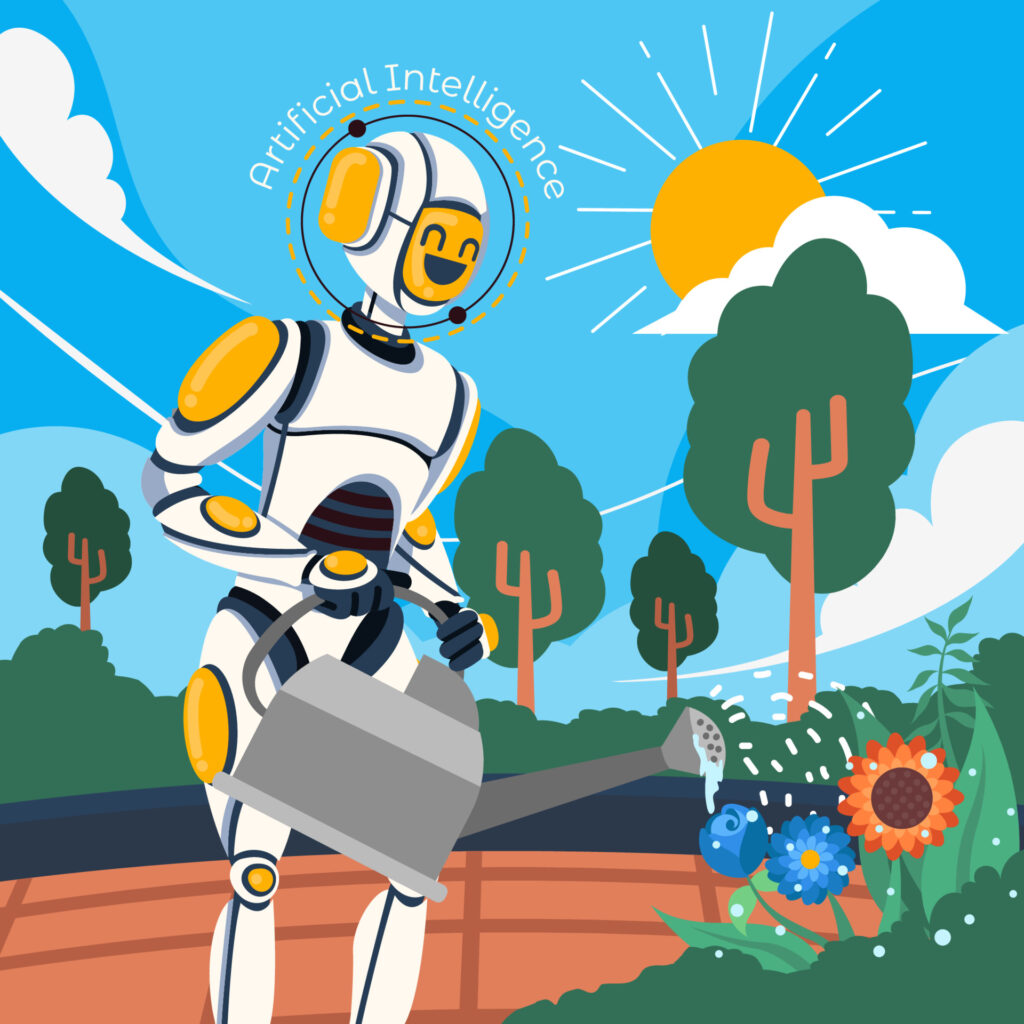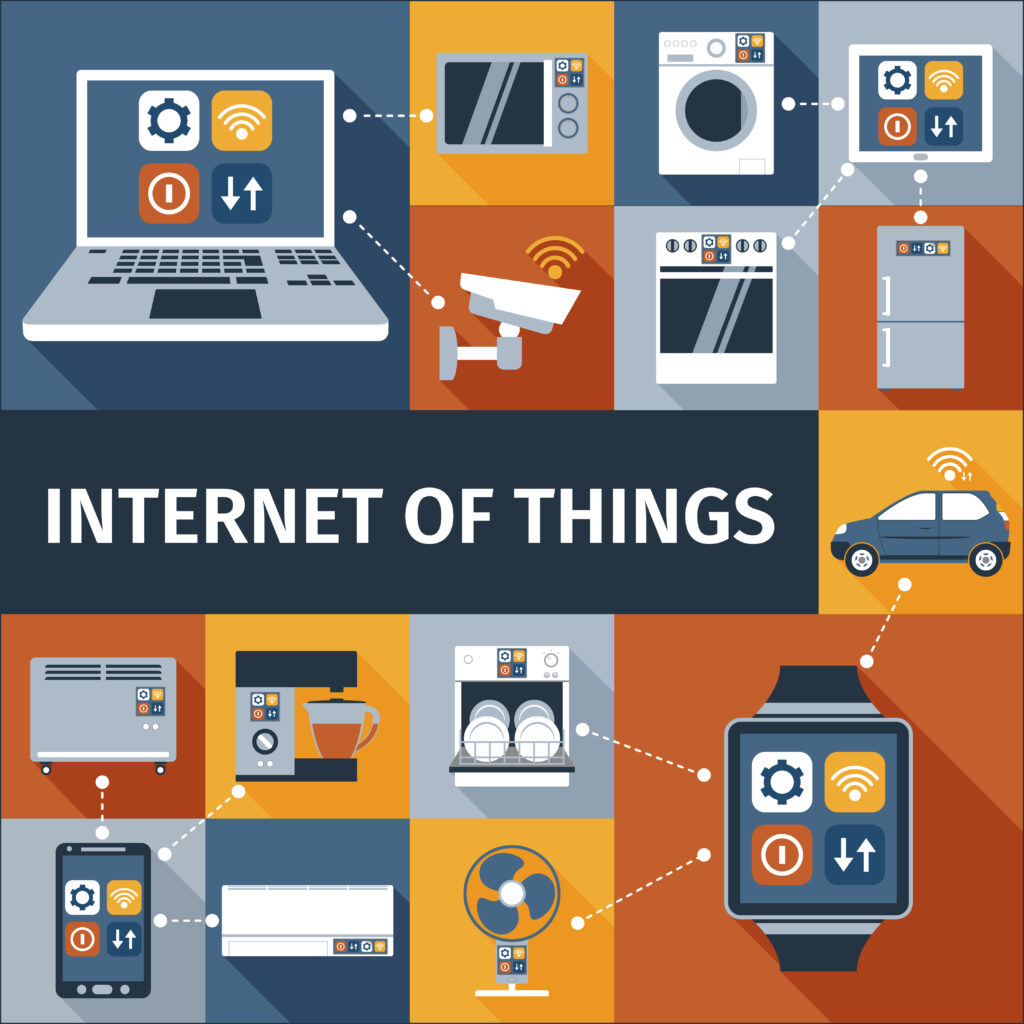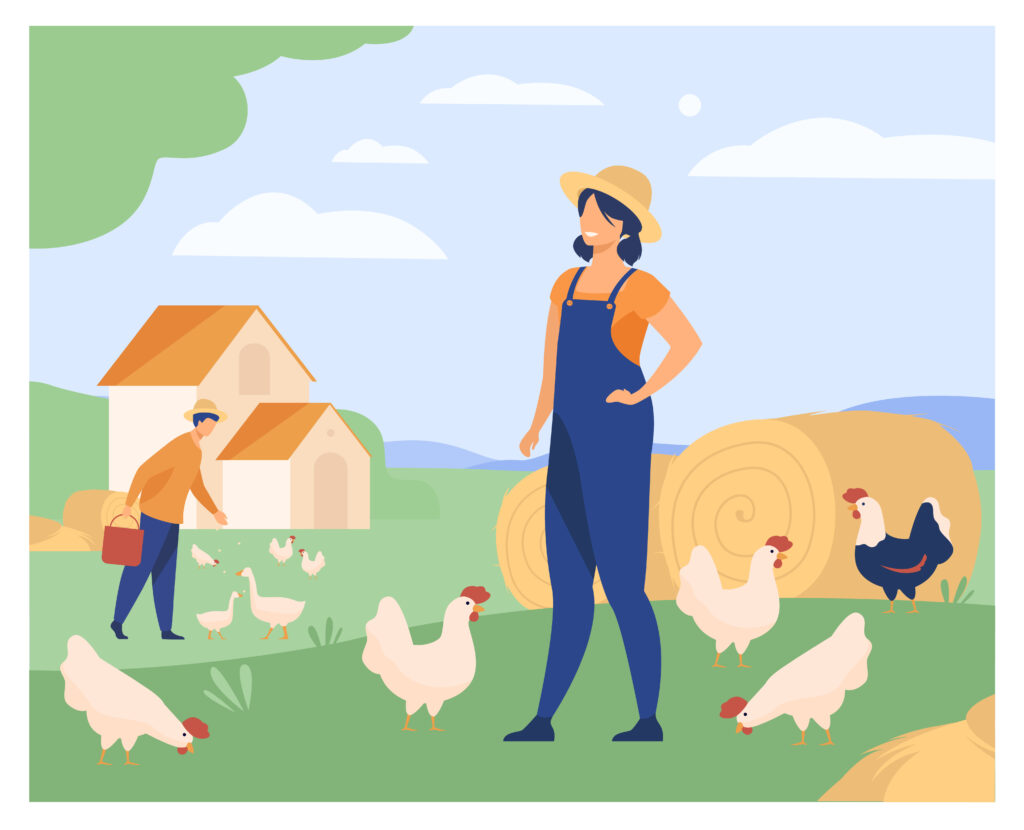- 12 October, 2022
- Posted by: Tim Hodgetts
- Category: Blog

Sounds like something from a sci-fi film, so you’ll probably be surprised to know I’m often asked this question when I talk about our equipment. I would usually do an introduction into the capabilities of poultry sensors and the “virtual stockman”, which intrigues people to the potential of this technology. How far is agtech as an industry from a fully automated poultry farm? or at the very least a robot stockman? Robot stockmen, what a concept. For a traditional business like farming, the prospect of losing a core element of its team is very unpleasant. Would anyone want to replace real, live, experienced stockmen with a robot? A robot that is essentially a very complicated piece of machinery and would no doubt require maintenance. Most farmers would find the very idea bone chilling. Being a farmer, living an isolated lifestyle, would you remove the few remaining people you talk to during the day?

Poultry biosecurity and avian flu outbreaks
We must consider biosecurity though. Most countries have their own legislation on obligatory biosecurity measures, and schemes usually go the extra mile. Farms can implement even more strict biosecurity procedures than their government and chosen scheme demand of them. One of our sales guys once went to a big poultry producer in Ukraine and before entering a shed he had to undress in a cleanroom and don a complete set of sanitized clothing provided by the farm. Poultry shed biosecurity is as tight as it has ever been, and yet what do we see in the news? “Avian flu outbreaks”, “unprecedented scale”, “all over Europe and the US”. Vets warn us that this strain is here to stay, round tables are held on AI vaccination, scientists are considering breeding a flu resistant breed. 2.8 million birds culled in the UK alone, numbers in the US and Europe absolutely staggering.
Are we at the point when doing our best is not enough? But where are we aiming with biosecurity measures and more importantly, where is the limit of biosecurity? And here we arrive at a discomforting answer. The ideal biosecurity scenario would be to never go inside the shed and eliminate the risk of introducing pathogens into a flock. That seems hardly possible, with most governments regulating the daily number of times a stockman has to walk a poultry shed (and that number is never zero). That being said, innovation and government regulations in our field have always been very reactive to challenges, so let’s explore how realistic this might be.

Robot stockmen = poultry sensors + robots?
What would it take to robotise a stockman? An experienced stockman is an invaluable member of the team, as most of you are aware, but if we attempt to break down what they do for a poultry farm then we will end up with 3 main functions – they walk the floor collecting dead birds, as they are walking, they look at the flock and they sniff the flock. Their extensive knowledge and experience enable them to interpret what they are seeing and feeling into actionable information. Anyone can glance at the inside of a shed and take a whiff, but only a professional poultry stockperson would be able to tell you if the humidity is just right, if ammonia levels are within normal and if the birds are behaving normally.
Naturally, in the age of machine learning and AI, equipment too can be taught to detect anomalies in parameters. Agritech already has several animal welfare monitoring solutions, what we like to call a “virtual stockman”, our own ALIS poultry sensors being one of them. A virtual stockman isn’t meant to replace a human stockman, but rather aid them with 24/7 live data and alert them to abnormal levels of ambient indicators or flock activity.

Current state of poultry sensors
Greenhouse gas, ambient and ammonia sensors will “sniff” your flock and give you detailed information on gases in your shed. Our Chirpy poultry sensor also listens to your flock through a special microphone and our Cluster poultry sensor watches it through an infrared camera, the data is then analysed and processed through an algorithm to detect clustering, irregularity in movement and distressed noises. And while they are an amazing aid to stockmen and farm managers, they aren’t a replacement for them, not at all.
There are still quite a lot of technical difficulties with getting accurate readings and (more importantly) interpreting these readings.
Our Chirpy poultry sensor will alarm you when your birds are distressed, but only an experienced stockperson could come in and immediately classify and diagnose the source of this distress.
Our Cluster poultry sensors can detect clustering and feather coverage, but they can’t tell you why either is abnormal, and they have a limited view, so they can’t see and analyse the entire flock.

Ammonia sensors alarm you to elevated ammonia levels, but they won’t tell you why they are elevated – is it disease? Did a ventilator fail? Ammonia sensors are also viciously hard to calibrate, and ammonia quite literally eats through them. After 3 years of service, they certainly won’t be as accurate as they are out of the box. I know we struggle with this; I know the other research and development teams around the world do too.
Yes, progress is being made, yes, the solutions are becoming more and more accurate and sophisticated, but they’re not there yet.
Robots to pick up dead birds – myth and reality
Even if your poultry sensors could sniff and watch your flock with stockman-like accuracy, you still need someone to walk the floor and pick up dead birds. Is something being done on this front? The short answer is yes, there are several companies developing robots that can walk the floor and pick up dead birds. The long answer, however, is that these robots were designed to battle a labour shortage, not increase a farm’s biosecurity.

Would the robot walk the farm and pick up dead birds? Yes. Will it be as precise as a human? Probably not. Will it be completely autonomous? Also, highly unlikely. What are the odds that the current poultry robots were designed to charge themselves on a base, then walk the floor collecting dead birds, then dispose of them without coming into contact with any outside pathogens and then return to their charging base? In the name of biosecurity, they would also need to be robust enough to withstand industrial disinfection after each flock. Not to mention that if we’re seriously considering this as a biosecurity measure then each farm would have to purchase as many robots as it has sheds.
Can we beat avian flu with full shed automation?
No. Could this happen in the future? Someday, probably. Maybe even sooner rather than later. When humanity switched from horses to cars the transition was slow and gradual, it took more than 50 years. Even in our fast-paced times I don’t see automated poultry sheds being the industry norm anytime soon. Can we realistically expect this to be an answer to avian flu? I don’t think so. I believe that something effective will be implemented on the medical side of things faster than we can train machinery to replace humans. Automation is possible someday in the future, and “someday” is the key word here. Avian flu is a huge problem right now and action is needed right now, not someday.

Agritech can do amazing things. We as a company are at the cutting edge of precision livestock farming, we are always thinking of the future. Our team constantly ponders the questions “where is poultry farming going?”, “what will it need?”, “how do we make it?”. We addressed the shrinking margins and increasing welfare concerns and developed technology that can lower your mortality rates, lower your feed conversion ratio, increase total weight gain of a flock and aid scheme compliance. In essence, we can help you fine tune your farm. But we can’t promise to protect it against all viruses and bacteria, and we can’t replace highly qualified professionals, at least not yet.
